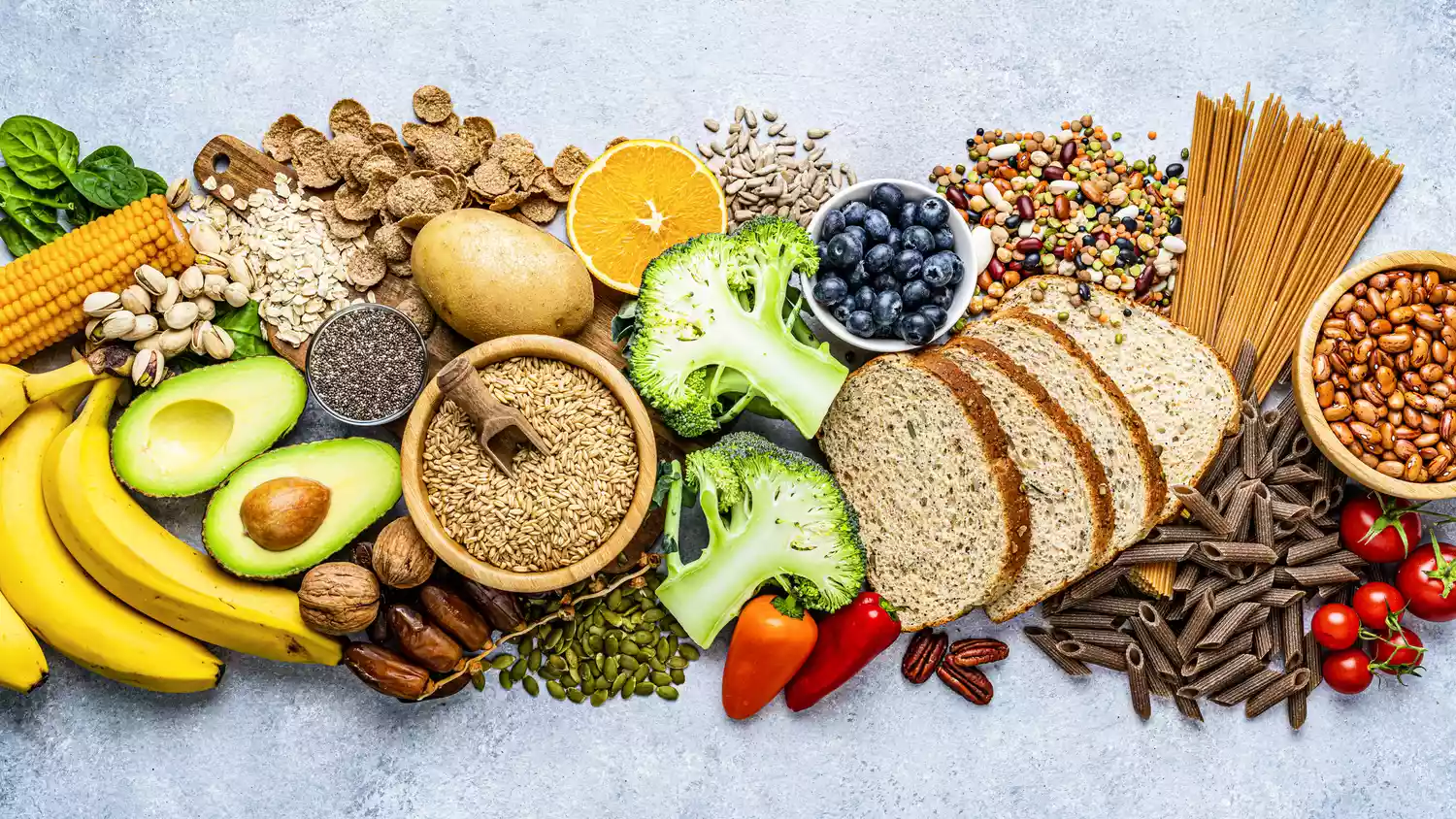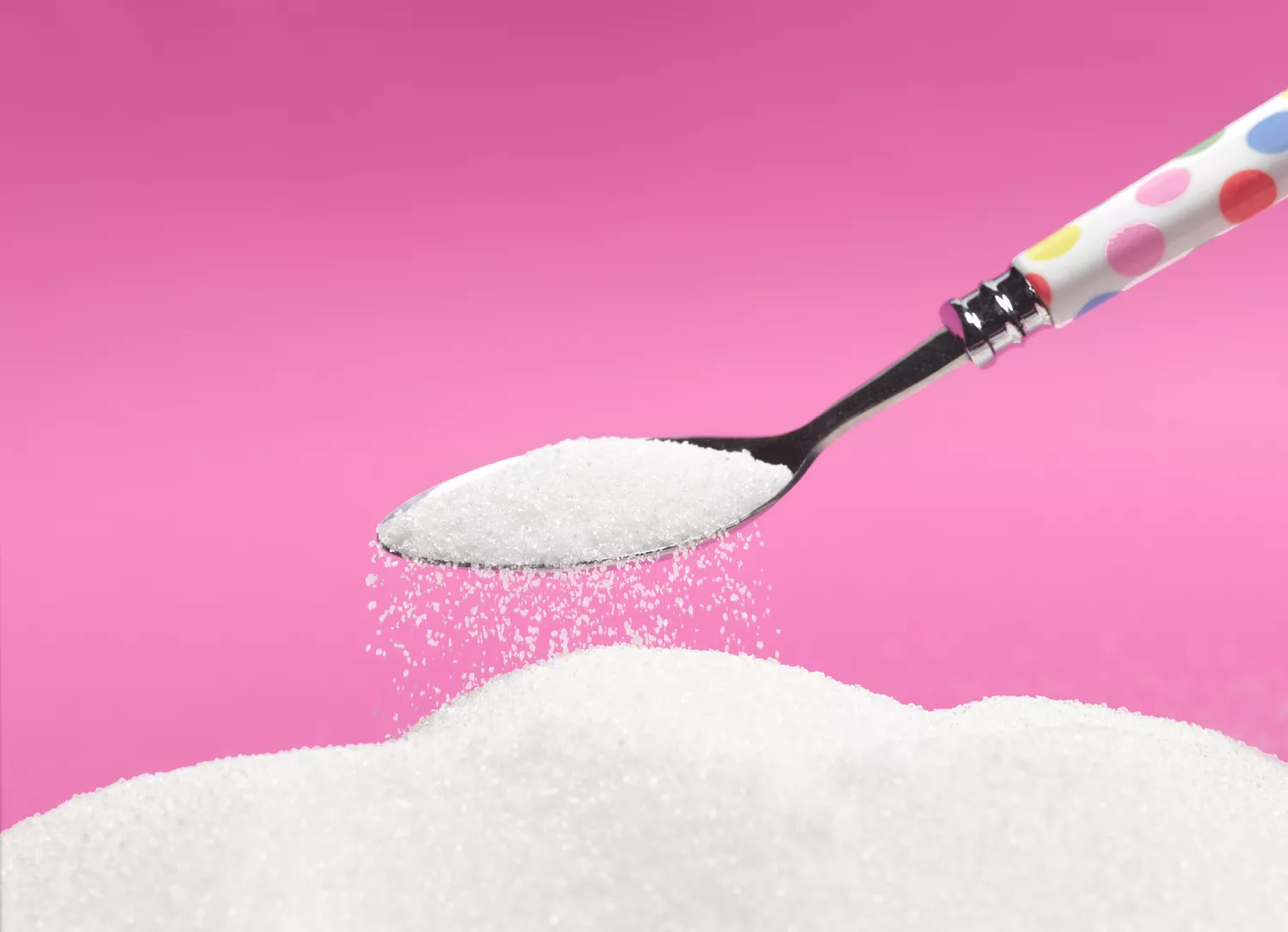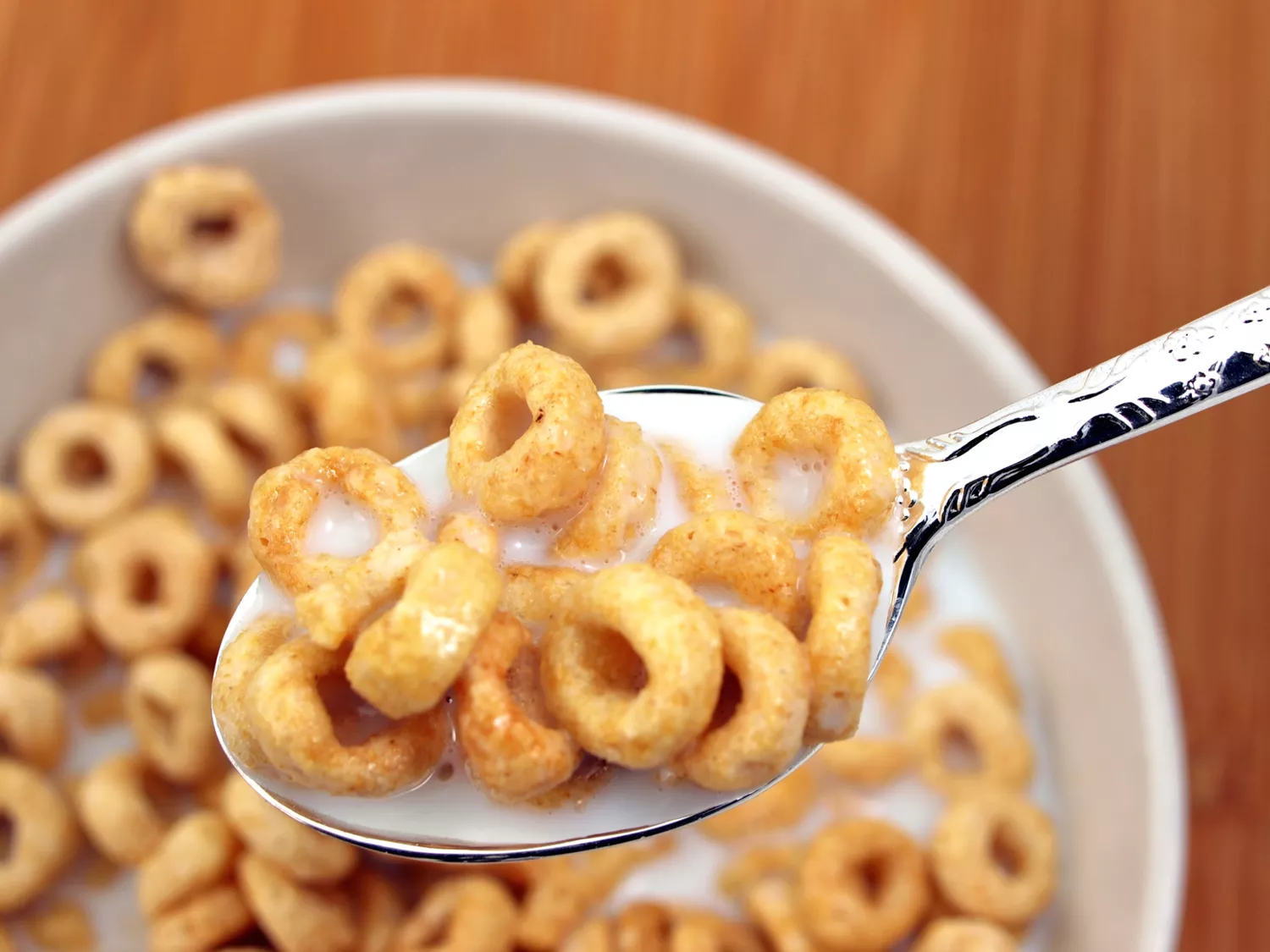You possibly already understand that fiber benefits you, however did you recognize there are different types? The two primary groups of fiber consist of soluble fiber and insoluble fiber, each playing different duties in the body and keeping it functioning efficiently.
Relying on what your body needs, you may need a specific equilibrium of the two, particularly if you are taking care of a details health and wellness problem. Listed below, a signed up dietitian breaks down the difference between soluble and insoluble fiber so you can be certain you are getting enough of each.
Why Concentrate on Fiber?
Dietary fiber is a vital nutrient that travels through your gastrointestinal system without being absorbed and is found in plant-based foods such as fruits, veggies, whole grains, vegetables, nuts, and seeds. Fiber offers a number of health and wellness advantages and sustains numerous body systems. Yet, numerous people do not obtain enough.

According to the 2020-2025 Dietary Guidelines for Americans, grownups need 22 to 34 grams of fiber daily, and greater than 90% of Americans do not eat sufficient. Generally, grownups take in just around 15 grams of fiber, which is half the recommended amount.
Supporting your body with adequate fiber advertises a healthy and balanced gut and lowers the risk of chronic conditions such as diabetes mellitus, heart disease, and particular sorts of cancer cells. Fiber also acts as a bulking agent in food and helps keep you complete, which can aid in weight maintenance.1.
When increasing your fiber intake, be sure to boost your fluid consumption also. Objective to contend least 64 ounces of water per day.
Kinds of Fiber and Their Duties.
Fiber plays a vital duty in the body, and many plant foods contain both types of fiber– soluble and insoluble– however in various quantities. Right here’s more on the difference between insoluble and soluble fiber and where you can locate each kind.
Soluble Fiber.
Soluble fiber is useful for digestion because it absorbs water and creates a gel-like substance in the digestive tract as it liquifies. It additionally slows down digestion and absorption, keeping you really feeling fuller for longer. Because soluble fiber slows down food digestion, particularly of carbs, it can help prevent blood sugar spikes and promote blood glucose control. Soluble fiber additionally binds to cholesterol in your food and lugs it out of your body through stool. Therefore, eating even more soluble fiber might assist reduced blood cholesterol.2.
” For soluble fiber, some of my favored foods consist of oats, apples, citrus fruits, seeds, and vegetables,” claims Jessi Holden, MS, RDN, a family-focused culinary signed up dietitian of The Kitchen Invite. “These foods not only provide fiber yet likewise come packed with essential nutrients and flavors that can interest all participants of a household.”.
Foods With Soluble Fiber.
Oats.
Apples.
Citrus fruits.
Seeds.
Legumes.
Insoluble Fiber.
Insoluble fiber, as it sounds, does not take in water and is the kind you transform to for better bowel consistency. According to Samina Qureshi, RDN, a short-tempered bowel syndrome (IBS) and digestive tract wellness dietitian based in Houston, Texas, “Insoluble fiber aids food pass more quickly with the gastrointestinal system and adds mass to stool.”.
Since insoluble fiber makes stool softer and easier to pass, food bits do not remain in the colon for a very long time. This can assist reduce the danger of colon cancer cells.3 Similar to soluble fiber, insoluble fiber additionally minimizes insulin resistance and when combined with soluble fiber, can help lower type 2 diabetic issues threat and boost blood glucose control.4.
Foods With Insoluble Fiber.
Whole wheat flour.
Wheat bran.
Cauliflower.
Nuts.
Beans.
Potatoes.
Fiber Supplements.
While it is helpful to start with food to raise fiber consumption, a fiber supplement definitely has its time and area. “If you’re seeking to increase your diet regimen with fiber, bear in mind to begin slow and attempt a food-first method as opposed to leaping head initially into a supplement,” claims Qureshi. “Too much prematurely can cause digestive upset and get worse bowel irregularity otherwise effectively moisturized.”.
When high-fiber foods are limited, or you require an additional boost of fiber, supplements may be useful. Psyllium husk is a reliable kind of soluble fiber that can help in reducing cholesterol, balance blood sugar, and promote smooth and regular defecation.5.
Inulin is one more typical fiber supplement from chicory origin, a prebiotic that offers food for the healthy and balanced bacteria in your gut.6 Wheat dextrin, the majority of well-known as Benefiber, is a soluble fiber that assists to manage digestion and maintain blood sugar level.7.
Holden likewise suggests including flax meal into foods. “Flax dish included more frequently can be a good selection because it is component insoluble and part soluble. [It] might be contributed to smoothie mixes, oatmeal, jam, hummus, pizza, and much more foods.”.
Which Fiber Do You Pick?
Holden states that stomach symptoms such as looseness of the bowels, constipation, and bloating may require a fiber repair, yet choosing the right one is important for obtaining outcomes. “If someone is dealing with looseness of the bowels, they want to lean into soluble fiber. Whereas irregularity means you would certainly intend to lean toward insoluble fiber.”.
If you have IBS, soluble fiber can assist take care of digestive tract wellness and lower symptoms, says Qureshi. “Soluble fiber such as psyllium husk has been shown to enhance both IBS-related bloating, gas, bowel irregularity, and diarrhea.”.
If you intend to boost your fiber intake to help in reducing cholesterol, pick even more foods with soluble fiber. On the other hand, foods with soluble and insoluble fiber balance blood glucose and help you feel fuller for longer.
Some very easy means to enhance your fiber consumption include adding chia seeds and flaxseeds to early morning yogurt bowls, making self-made oat bars, and maintaining sliced carrots or peppers accessible to dip right into hummus for a quick snack.
Profits.
Both soluble and insoluble fiber are important for sustaining gut wellness, heart health, and blood glucose balance. Including a good variety of both will certainly maintain your body functioning ideally.
If you intend to boost your fiber consumption, be sure to do so gradually and considerably and consume alcohol adequate liquids. Way too much fiber too promptly may cause irregularity. Speak with a registered dietitian for certain and individualized referrals for your goals and nourishment requirements.


